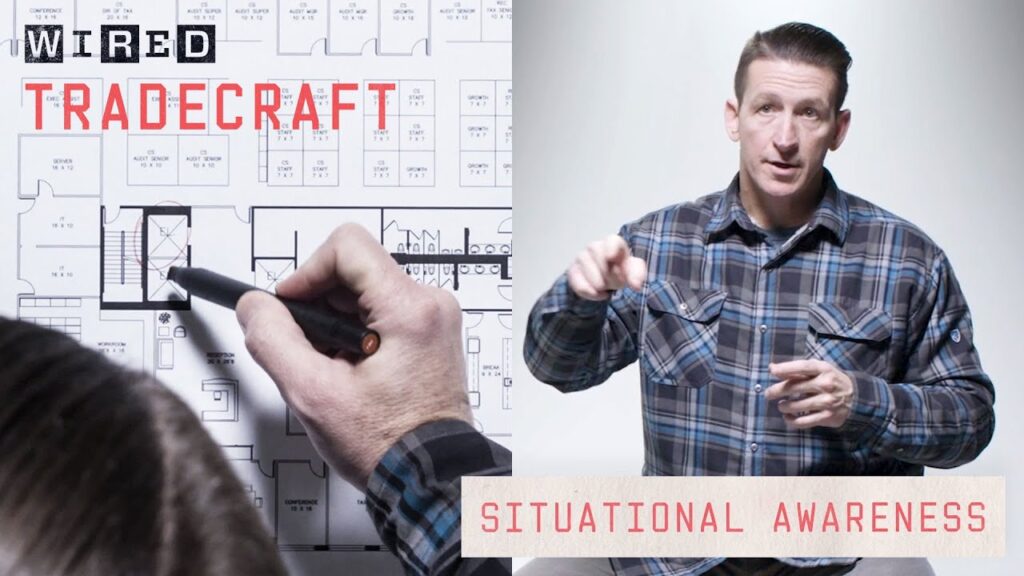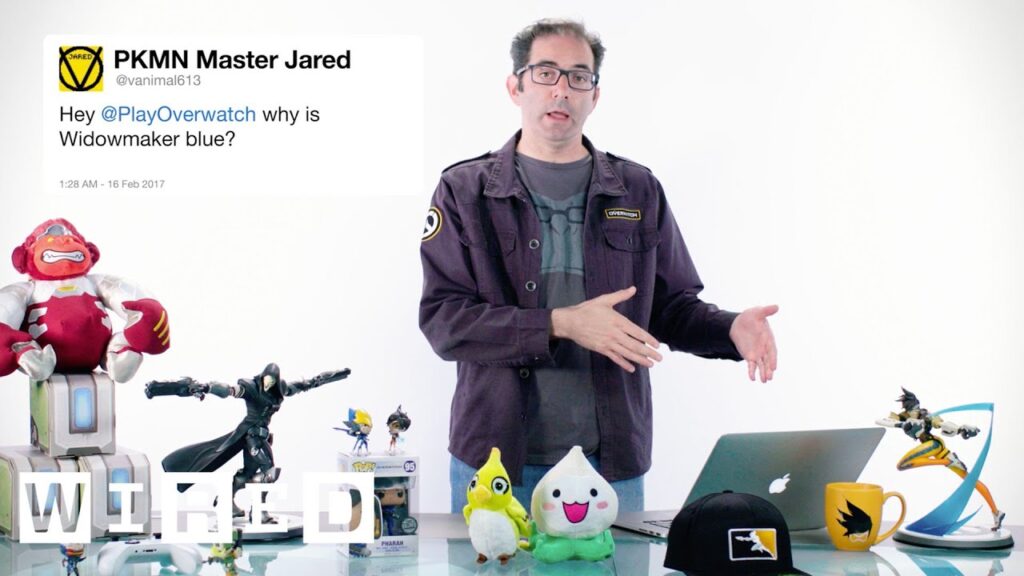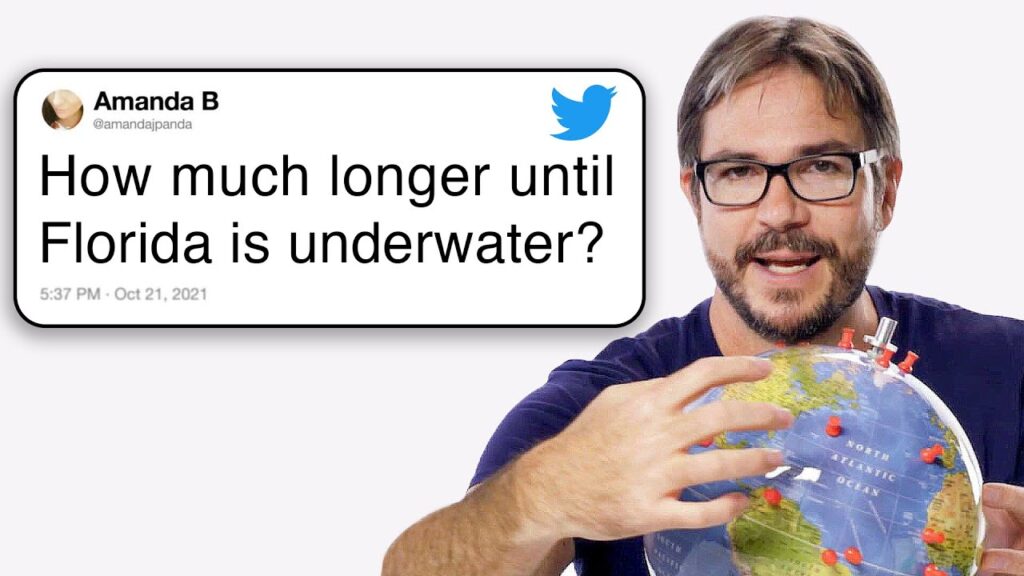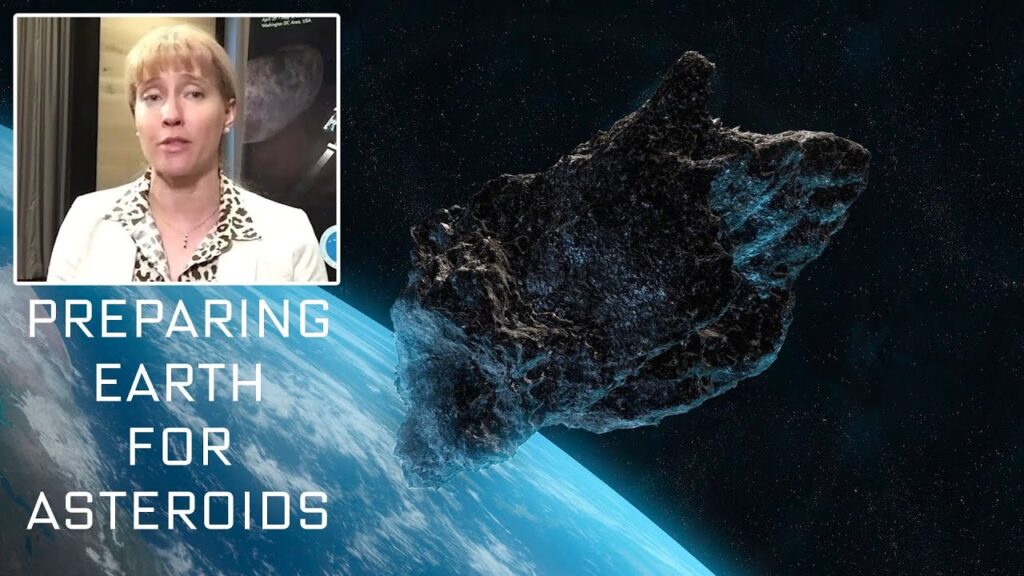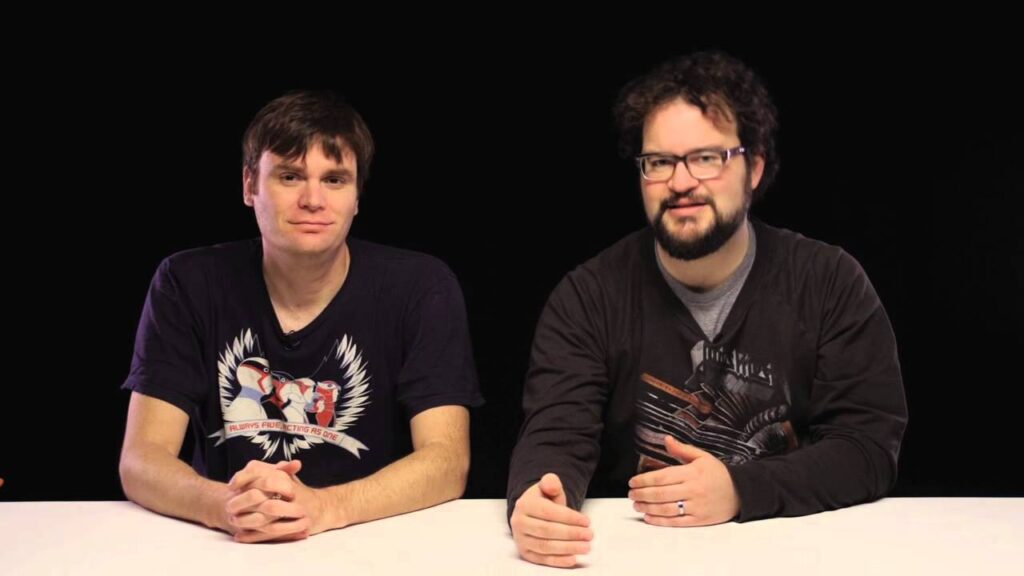Fractals: Understanding Complexity at Different Levels
Summary
In this article, we explore the concept of fractals and their applications in various fields. Fractals are shapes that have detail at all levels and appear all over nature. They cannot be measured in standard quantities like length, area, and volume. Drawing fractals requires programming skills, and artists for movies use code to create objects. We discuss the example of subdivision surfaces as an application of fractals in computer graphics and the coastline paradox. Finally, we explore the concept of fractal dimension and its significance in defining fractals.
Table of Contents
- Fractals: Shapes with Infinite Details
- Applications of Fractals in Computer Graphics
- Subdivision Surfaces: A Case Study
- Fractal Dimension: Measuring Complexity
- Conclusion
Fractals: Shapes with Infinite Details
Kenan Cran, a geometer and professor of computer science at Carnegie Mellon University, explains fractals at five different levels of complexity. Fractals are shapes that have detail at all levels and appear all over nature. They are interesting because they show how simple descriptions can give rise to complex shapes. A tree is a good example of a fractal because every branch splits into two smaller branches. Fractals cannot be described using ordinary language and have infinitely nice details as you get closer.
Applications of Fractals in Computer Graphics
Drawing fractals requires programming skills, and artists for movies use code to create objects. Fractals are useful in computer graphics as they can help generate more detail, and algorithms used to draw images have a recursive flavor. The example of subdivision surfaces is given as an application of fractals in computer graphics. Subdivision surfaces are used to create smooth shapes on a computer by cutting the corners of flat polygons to create micro polygons. This process is used in Pixar movies and was invented by Ed Catmull, who won the Turing Award for his work.
Subdivision Surfaces: A Case Study
While fractals and procedural graphics have positive features, they lack control, and adding more control is an ongoing concern. Subdivision surfaces are a solution to this problem, as they allow artists to control the level of detail in the final image. The process of creating subdivision surfaces involves adding more vertices to the original polygon and connecting them to create a smoother surface. This process is used in Pixar movies to create objects like cars and toys.
Fractal Dimension: Measuring Complexity
Fractals can be defined by their fractal dimension, which is a measure of their complexity. The dimension of a piece of paper is two, but the physical paper is three-dimensional due to its thickness. The dimension of an apple is three. The fractal dimension of a coastline is greater than one, as the length of the coastline cannot be definitively measured due to its intricate details. This is known as the coastline paradox. Fractal dimension is an important concept in understanding the complexity of fractals.
Conclusion
In conclusion, fractals are fascinating shapes that have detail at all levels and appear all over nature. They have applications in computer graphics, where they can help generate more detail, and subdivision surfaces are a solution to the problem of lack of control. Fractal dimension is an important concept in understanding the complexity of fractals. As technology advances, we can expect to see more applications of fractals in various fields.
